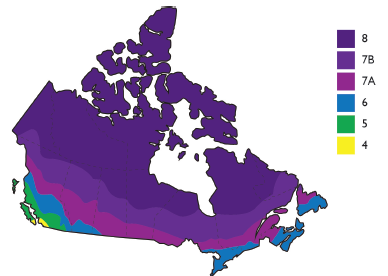1 MASc, P.Eng, RDH Building Engineering Ltd. Vancouver, BC, Canada
2 M. Eng, P.Eng,.RDH Building Engineering Ltd. Vancouver, BC, Canada
3 Dipl.T, RDH Building Engineering Ltd. Vancouver, BC, Canada
ABSTRACT
Current industry standards for overall building energy efficiency have resulted in a significant trend towards the placement of exterior semi-rigid or rigid insulation within the exterior air space behind exterior masonry veneers. Compliance with new energy standards brings attention to the impact of thermal bridging caused by masonry connectors that penetrate this exterior insulation.
The need to address thermal bridging to achieve compliance with either the National Energy Code for Buildings (NECB) or ASHRAE Standard 90.1 is examined in the context of masonry connector design and selection. This paper presents the results of three dimensional thermal modelling which quantifies the actual impact of thermal bridging in typical exterior masonry veneer wall assemblies. Results for multiple masonry connector types including ties and shelf-angles are presented. Additional variables in the analysis include material types such as stainless steel and basalt fiber, varying levels of insulation within the wall assembly and backup wall type construction. The results demonstrate that the impact of masonry ties on thermal performance is important and can be very significant in many situations. The results of a comparative study are also presented to illustrate the impact of thermal bridging caused by comparable non-masonry cladding assemblies supported by continuous/intermittent metal Z-girts, clips or screws.
The information presented in this paper is of interest to design professionals responsible for assessing overall building energy efficiency and code compliance and therefore the need to address masonry connector thermal bridging.
KEYWORDS: thermal bridging, R-value, energy code, building code, sustainability
595.pdf



